Gold Purity and Silver Purity
When buying precious metals, it is important to have an understanding of the gold purity or silver purity of the bars or coins. Why? Because a small difference in gold or silver purity can have an impact upon the overall value of the gold or silver contained in a coin or bar. And therefore the price you pay.
Here’s what you’ll learn in this post:
Table of Contents
Gold Purity: Carats vs Fineness
The gold bullion investment industry expresses gold purity differently to the gold jewellery industry.
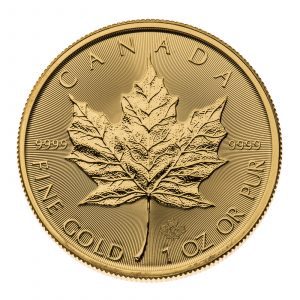
Gold Bar and Coin Purity = Fineness
When buying gold bullion bars and coins you will usually see gold purity referred to as “fineness”. This is a shortened version of the term millesimal fineness. A system expressing the purity of precious metals by parts per thousand.
For example a gold fineness of 999 means 999 parts gold and 1 part other other metal.
Millesimal Fineness and Percentage Purity
Millesimal fineness is often used interchangeably with percentage purity. For example:
- 990 = 99%,
- 999 = 99.9%,
- 999.9 = 99.99%.
A gold purity of “Four nines” or 999.9 is the most common for gold coins and bars today. Popular bullion coins like the gold maple contain 99.99% pure gold.
Gold Jewellery Purity = Carats (or Karats)
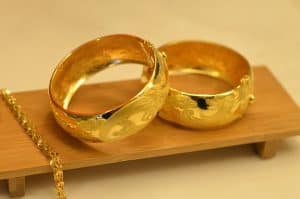
Whereas when buying gold jewellery you will still see gold purity defined in carats (in North America usually spelt karats instead).
A carat is simply 1/24 part of the whole. So 24 carat gold is “pure” gold. However to achieve 24 carat status gold only needs to be 990 pure. As we’ve learnt already this means only 990 parts out of 1000 pure.
Whereas gold bullion bars and coins are usually 999 or 999.9 pure. Hence why carat is generally not used in expressing purity in gold and silver bullion – as a karat is not a fine enough measure.
Because gold is so malleable, (i.e. able to be hammered or pressed into shape) when used to make jewellery it is often mixed with other metals to give it more strength and durability. Or simply to alter the colour. For example:
- “White Gold”: Nickel, zinc, manganese and tin are added to gold
- “Rose Gold”: Copper is added to gold
Converting Carats into Fineness
To convert carats into fineness, simply divide the carat by 24 and multiply by 1000. For example, 18 carats = 18/24 x 1000 = 750 fineness
Gold Purity Conversion Chart
The below chart converts gold carats into percentage purity and millesimal fineness:
| Gold Purity (Carat) | (% Pure) | Fineness |
| 24 carat gold | 99+ | 990 |
| 22 carat gold | 91.7 | 916/917 |
| 18 carat gold | 75.0 | 750 |
| 14 carat gold | 58.3 | 583/585 |
| 12 carat gold | 50.0 | 500 |
| 10 carat gold | 41.7 | 416/417 |
| 9 carat gold | 37.5 | 375 |
Silver Purity
Like gold, silver purity was also once measured in carats. However now even in silver jewellery it is not so common to see. These days silver jewellery purity is more likely to be expressed by a stamp stating the fineness.
Silver Purity Conversion Chart
Pure silver is also quite soft. Therefore, when manufacturing jewellery, like gold, silver is mixed with other alloys to give it more durability. Below are some common names for various purities of silver.
| Purity (wt.%) | Fineness | Common Name |
| 99.9 | 999 | Fine or pure silver |
| 95.8 | 958 | Brittania |
| 92.5 | 925 | Sterling silver |
| 80 | 800 | Jewellery silver |
Interesting fact: The British pound coin originally weighed one troy pound of sterling silver, giving the currency the name “pound sterling”. Source.
But with silver bullion bars and coins, the preference is for silver purity of at least 999 (or 99.9% pure).
For example, the popular 1 kilogram silver bar is 9995 or 99.95% pure silver. While some silver bullion coins such as the Canadian silver maple coin and the 1 oz Perth Mint Silver Kangaroo Coin are 999.9 or 99.99% pure silver.
Read more: Coins vs Bars Which Should I Choose?
GST on Gold and Silver in New Zealand – Depends on the Purity
In New Zealand knowing the purity of gold and silver is also important as the purity of both precious metals determines whether they attract Goods and Services Tax (GST) or not.
So long as gold, silver and platinum meet the below purities they are GST exempt in New Zealand.
From the IRD website:
Fine metal is any form of:
gold with a fineness of not less than 99.5%
silver with a fineness of not less than 99.9% platinum with a fineness of not less than 99%. The supply of fine metal is an exempt supply, such as any sale of fine metal by a dealer, or anyone importing fine metal.
Source.
For a full (but complicated!) explanation of why gold and silver are GST exempt see: http://taxpolicy.ird.govt.nz/publications/2015-ip-gst-current-issues/chapter-4
Some Common Coins are not GST Exempt in New Zealand Due to Their Purity
It’s important to be aware that some very well known coins are not GST exempt in New Zealand due to their purity being less than 99.5% pure gold.
So when these types of coins are purchased in New Zealand they will cost 15% more than other gold bullion coins that are 99.99% pure. Because GST is added to the sale price.
These coins include:
The South African Krugerrand – 22 Carat or 91.67% Pure
The Krugerrand is minted from gold alloy that is 91.67% pure (22 carats). Its actual weight is 1.0909 troy ounces (33.93 g). The Krugerrand coin still contains one troy ounce (31.1035 g) of gold.
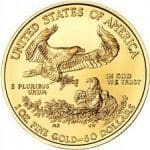 The American Gold Eagle – 22 Carat or 91.67% Pure
The American Gold Eagle – 22 Carat or 91.67% Pure
The 1oz Gold American Eagle coin contains a full troy ounce of gold. However in terms of purity it is only 91.67% gold (22 carat), 3% silver, and 5.33% copper. So when purchased in New Zealand an additional 15% GST is added to the price.
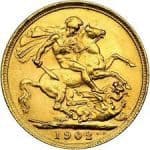 The British Gold Sovereign – 22 Carat or 91.67% Pure
The British Gold Sovereign – 22 Carat or 91.67% Pure
Gold Sovereigns weigh 7.98 grams and are made of 22 carat gold or 91.67% pure. Therefore a gold sovereign contains 7.315 grams or 0.2353544 troy ounces of pure gold. i.e. they contain less than a quarter of an ounce of gold.
Read more on GST on gold and silver here: GST on Gold and Silver Bullion: Might the NZ Government Start Adding GST to Gold and Silver Bullion?
Read more: What is a Troy Ounce? Troy Ounce vs Standard Ounce
How to be Sure of the Purity When Buying Gold and Silver Bullion
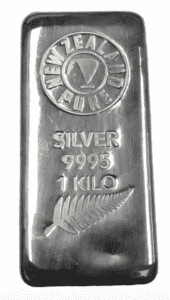
Local New Zealand refined gold and silver bars/ingots are stamped with the suppliers “hallmark” and with either 9999 for gold (four 9’s or 99.99% pure) or 999 (three 9’s or 99.9% pure), or 9995 (99.95% pure) for silver.
Anything above 999 pure for silver is fine as that won’t attract GST.
Also, in terms of ensuring the purity of all supplied products, the local New Zealand suppliers we use regularly exchange metal with other companies locally and in Australia. When this happens the metal is assayed again.
Therefore if there was ever a problem with purity, they would be found out quickly. As reputation is everything, this would put them out of business. They are family owned and run businesses, conservative by nature and have been around for over 40 years, supplying precious metals to private investors but also to jewellers in NZ.
Some overseas products come with assay certificates and individual serial numbers. For example, from Swiss Refiner PAMP or Australian Refiner ABC. These cost more than local gold and silver. For example at current prices, an ABC gold bars costs another $50 per 1 oz bar more than a locally refined bar. PAMP bars and ABC bars are more readily exchangeable overseas, so depending on where you intend to sell them, may be a better option for you.
Read more on this topic: PAMP Suisse Imported Gold / Silver vs Local NZ Gold / Silver: Which Should I Buy?
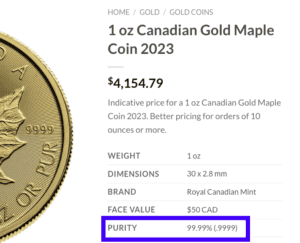
Hallmarks and Purities
All products we sell at Gold Survival Guide have the gold or silver purity clearly marked as part of the suppliers hallmark. Also each product listing on this website has the product purity clearly stated on it. At Gold Survival Guide, all products we sell have high enough purity to ensure they don’t attract GST in New Zealand. Shop gold and silver products below to see:
Editors Note: This post was originally published 5 June 2018. Last updated 1 May 2024.

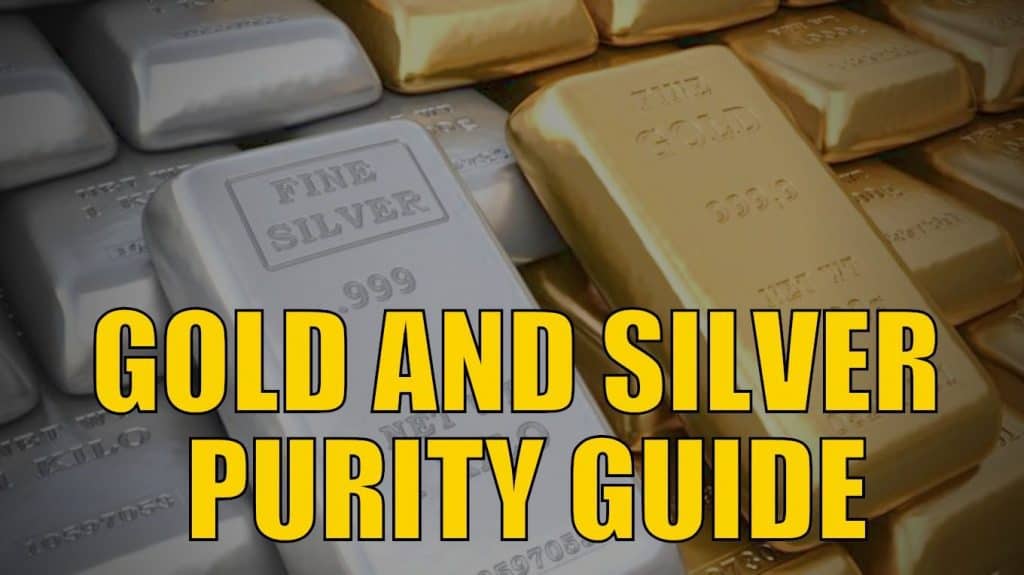
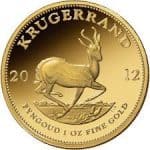
Pingback: PAMP Suisse Gold/Silver vs Local NZ Gold/Silver: Which should I buy?
Pingback: Carrying Gold into a Foreign Country. What are the Rules? - Gold Survival Guide
Pingback: Paper Gold vs Physical Gold - What Should You Buy? - Gold Survival Guide
Pingback: What Type of Gold Bar Should I Buy? - Gold Survival Guide
Pingback: NZ Gold Coins (and Silver Coins) or NZ Gold Bars (and Silver Bars): Which Should I Buy?
Pingback: What Type of Silver Bar Should I Buy? - The Ultimate Guide to Silver Bars - Gold Survival Guide
Pingback: Buying Precious Metals: Common Questions from First Time Buyers
Pingback: Does the NZ Government Debt Matter? - Gold Survival Guide
Pingback: NZ Cash In Circulation Up Massively in 2020 - Gold Survival Guide
Pingback: GST on Gold and Silver Bullion: Might the NZ Government Start Adding GST to Gold and Silver Bullion? - Gold Survival Guide
Pingback: Mastering the Basics of Precious Metals - Gold Survival Guide